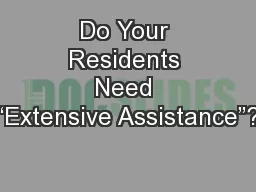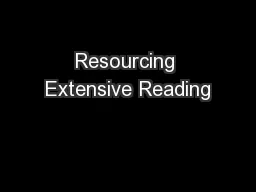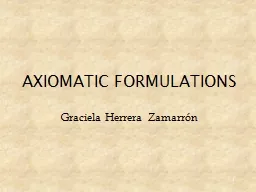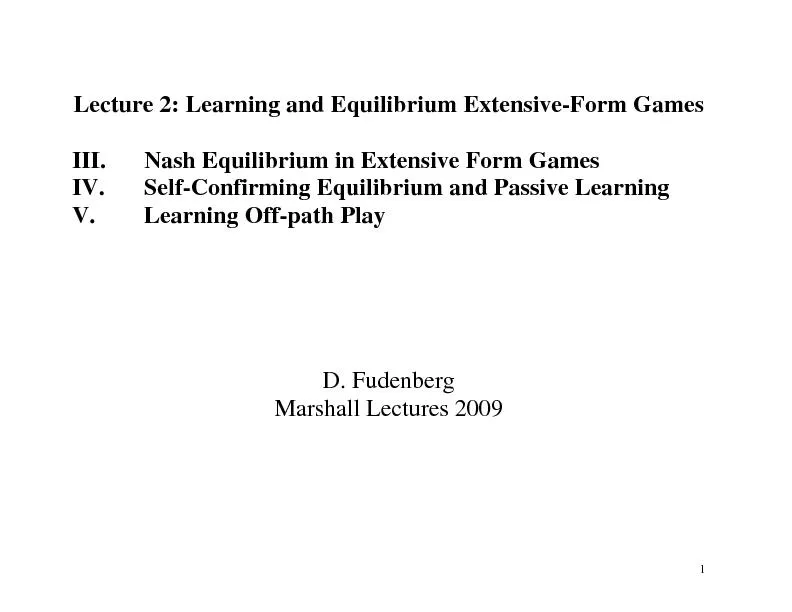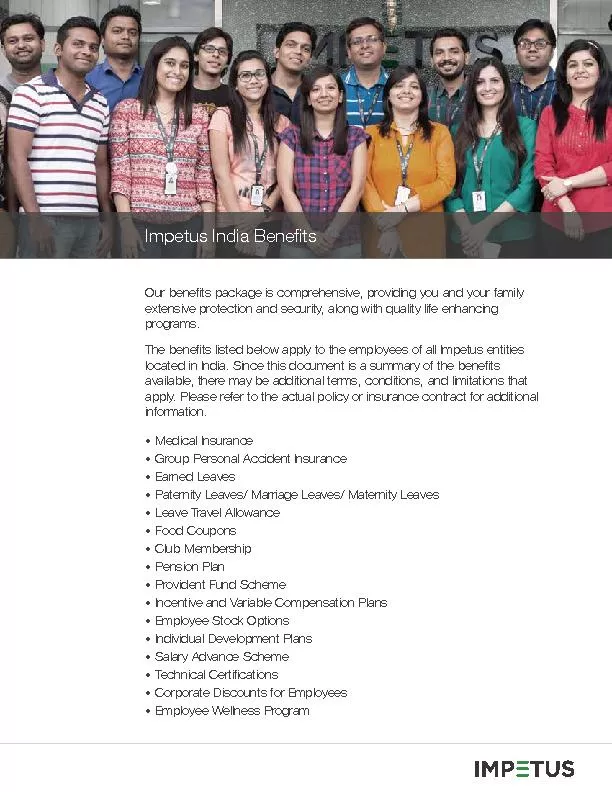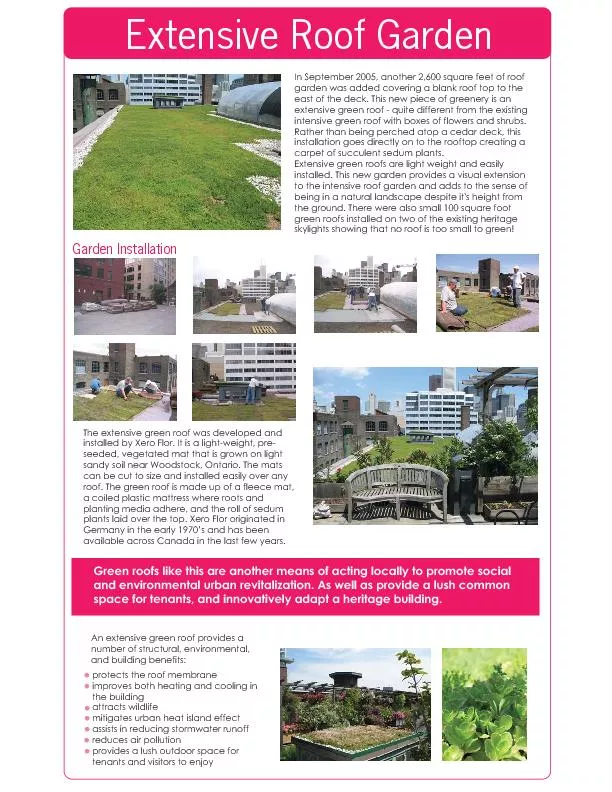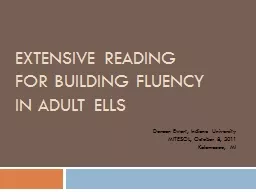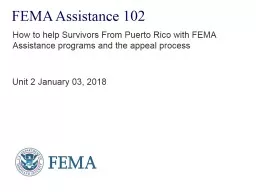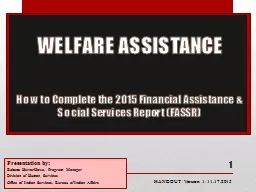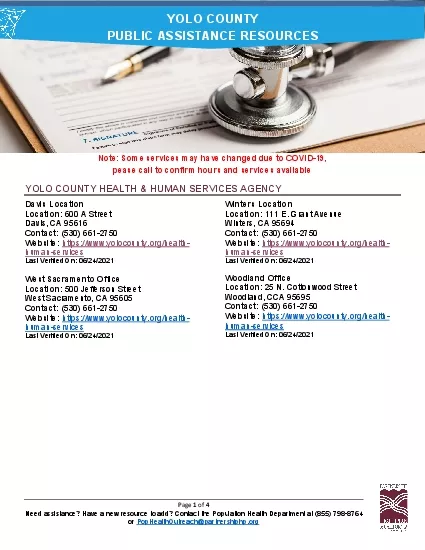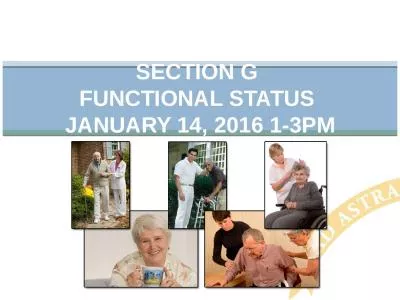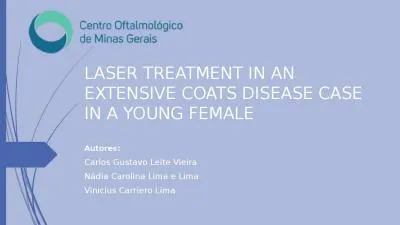PPT-Do Your Residents Need “Extensive Assistance”?
Author : ellena-manuel | Published Date : 2018-11-01
The MDS as a 2nd Language David L Johnson NHA RACCT Senior QI Specialist May 2013 Outline of Presentation Impact of MDS Coding Regulatory Public Reporting Image
Presentation Embed Code
Download Presentation
Download Presentation The PPT/PDF document "Do Your Residents Need “Extensive Assi..." is the property of its rightful owner. Permission is granted to download and print the materials on this website for personal, non-commercial use only, and to display it on your personal computer provided you do not modify the materials and that you retain all copyright notices contained in the materials. By downloading content from our website, you accept the terms of this agreement.
Do Your Residents Need “Extensive Assistance”?: Transcript
Download Rules Of Document
"Do Your Residents Need “Extensive Assistance”?"The content belongs to its owner. You may download and print it for personal use, without modification, and keep all copyright notices. By downloading, you agree to these terms.
Related Documents

